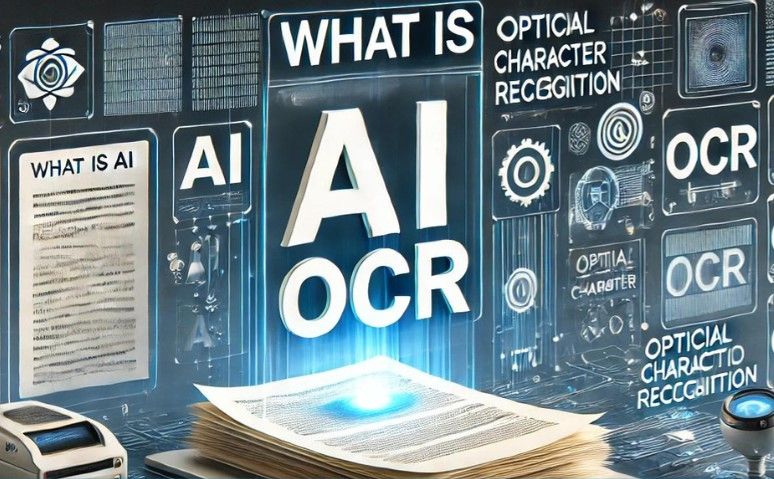AI technology promises to minimize losses and enhance the productivity of operations. AI solutions and OCR make logistic processes faster, more innovative, and less expensive. Optical character recognition, or OCR, is a technology that converts images into texts. This tech promises enormous benefits in many business areas, including transportation. Yet, applying OCR and AI in logistics and supply chain requires a profound understanding of the business specifics.
The Basics of OCR and AI in Logistics
OCR technology is a branch of artificial intelligence responsible for converting different data types into text, like scans, handwritten documents, and PDFs. These data are formatted as text and are faster and easier to read and process. Like many other applications of AI in logistics and supply chain, optical character recognition may help considerably.
So, how can OCR help in logistics?
Transportation is always connected with a lot of paperwork that is done manually. This process is time-consuming and prone to errors. Not to mention the periods of peak loads when all the problems get multiplied. OCR automates data extraction from invoices, lading bills, parcel labels, and handwritten notes, which is otherwise done manually. This reduces time spent on parcel processing from minutes to seconds.
The Merge of OCR and AI in Logistics and Supply Chain: Future Trends and Possibilities
The future growth of OCR and its potential in logistics will take several directions: Deep Learning OCR – all the current optical character recognition software depends on character matching algorithms. That means the algorithms depend on historical patterns. With the development of deep learning, OCR tools will learn to understand the contexts behind the text. Deep learning OCR will enable one to read characters that are confusingly similar or will enable one to read unclear writing. Application of smarter algorithms – intelligent character recognition (ICR) and intelligent word recognition (IWR) present technologies that can read images and words better and faster. Together, they will become the next step of AI in logistics and supply chain, such as multi-lingual OCR, able to solve the existing limitations. For example, current OCR software cannot read blurry images, rare alphabets, or Arabic fonts such as Nastaliq. Instant capture OCR. There are some optical character recognition apps that read images on the fly. Yet, the wide use of instant check OCR scanners in logistics is yet to come. OCR and augmented reality – although the merge of OCR and AR is in the phase of imagination, the potential of such technology is huge. For instance, such a device will let airport workers visually check the content of a box without unpacking it. These are just a few possible applications of optical character recognition and AI in aviation logistics and supply chains. Those who harness their benefits first will be the leaders in the air cargo business niche due to higher speeds, accuracy, and overall cost savings.



